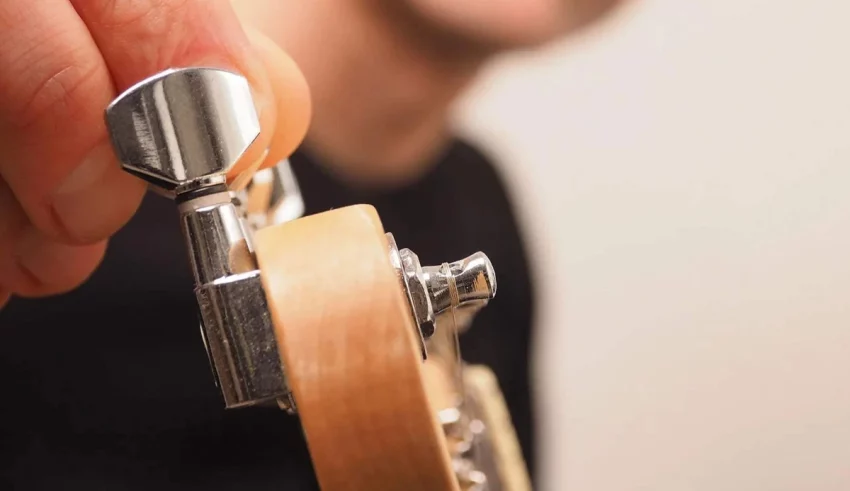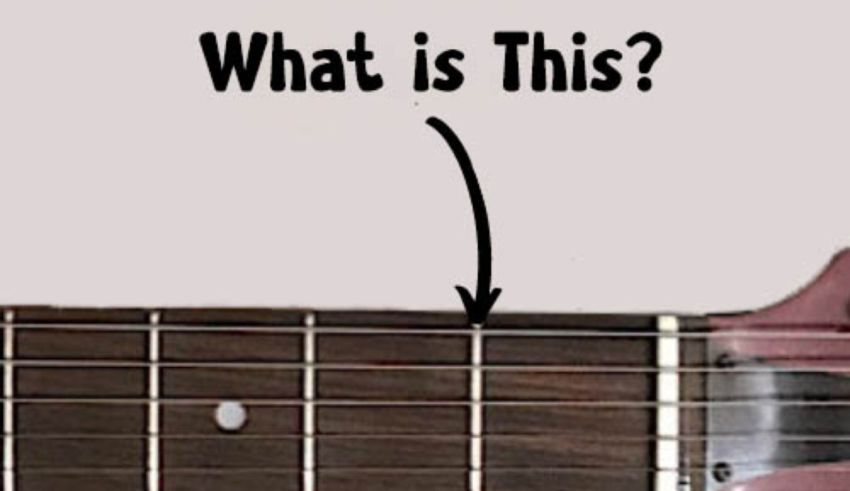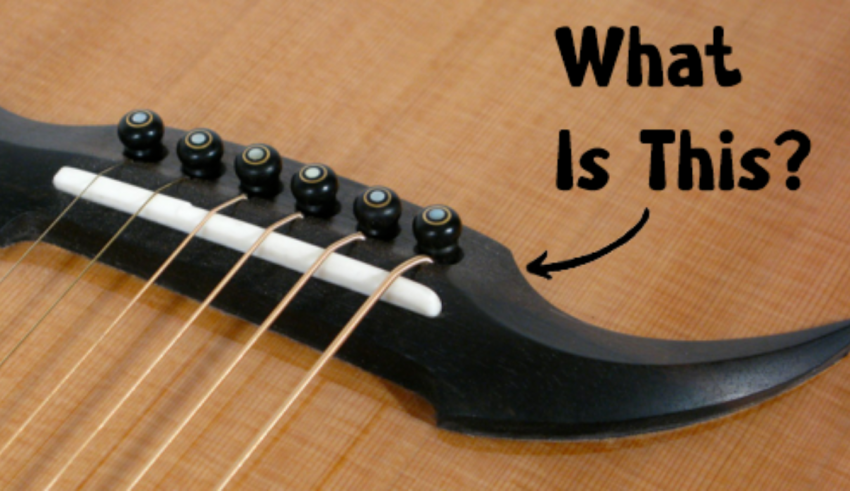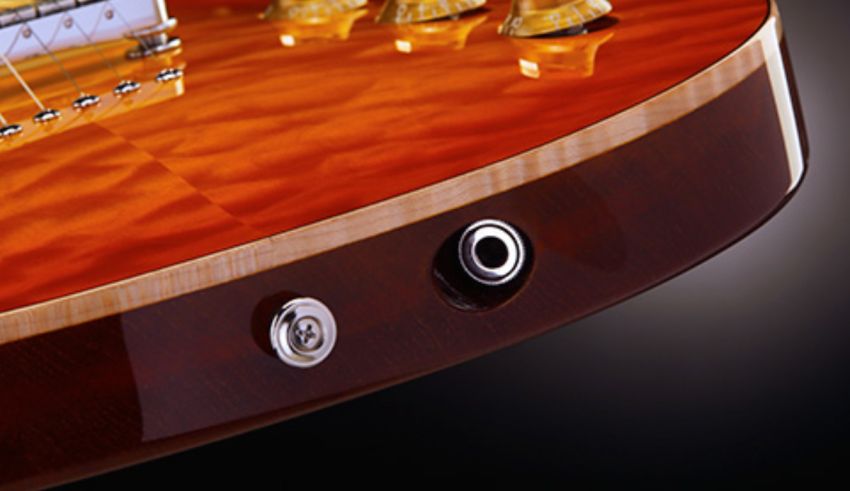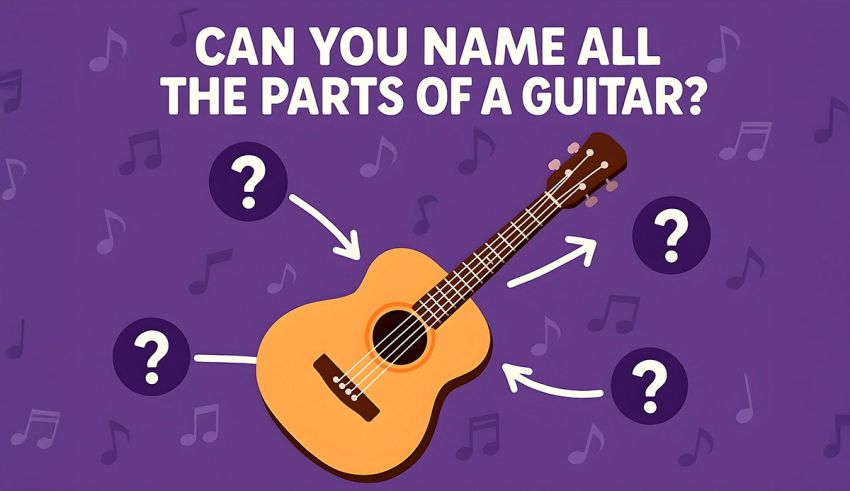
Our quiz shows you close-up images of real instruments and asks you to pick the right name from four options. There are only 10 questions, but they cover the main areas of both acoustic and electric guitars, from the obvious parts to small details that many players mix up.
The goal is not to trick you. The goal is to help you look at your own guitar and finally know what each piece does and what it is called. That makes lessons easier, setup guides clearer, and gear talks with other players much more relaxed.
Why knowing guitar parts actually matters
Most teachers and repair techs break the guitar into three large sections: the headstock at the top, the neck in the middle, and the body at the bottom. On all common guitars, you will also find the fretboard, frets, nut, bridge, strings, and some kind of tuning machines. Electric models then add pickups, a selector switch, volume and tone knobs, and an output jack for the cable. These are the basic terms you will see in almost every guitar lesson and buying guide about guitar anatomy.
Once these names feel normal, it is much easier to follow video lessons, understand setup tips like raising the action at the bridge or adjusting the truss rod, and explain problems to a tech. You can say “the tuner on my low E string slips” instead of “something on the top feels wrong.” Clear words save time and sometimes save money too.
If you are still choosing your first main instrument and not sure guitar is the final pick, you might also enjoy our What Instrument Should I Play quiz, which looks at your habits and taste before suggesting a match.
What this quiz actually tests
Each question zooms in on a single guitar detail. You may see a row of metal posts and have to say whether they are tuning pegs, string trees, or bridge pins. Another image might show a metal bar near the bridge and ask if it is a tremolo arm or part of the saddle. Some questions stay very basic, like spotting the soundhole on an acoustic. Others ask you to pick the correct name for controls on an electric.
Every question comes with four options. Only one is correct, but the wrong options are realistic enough to make you think. By the end, you will have checked how well you know both the big shapes and the small hardware. You can use your score as a quick snapshot of how comfortable you are with the language of the instrument.
Quick tour of the main areas covered
To help you get more out of the quiz, here is a short, plain breakdown of the key parts you will see:
- Headstock – The top of the guitar where the tuners live. This is where the strings end and where you tune them.
- Tuning machines or pegs – The metal parts you turn to tighten or loosen each string.
- Nut – A small strip between the headstock and the fretboard. It holds the strings in shallow slots and sets their spacing.
- Neck – The long part that connects the body to the headstock. Your fretting hand wraps around this area.
- Fretboard and frets – The flat surface on the front of the neck, with metal strips across it. Pressing the string behind a fret changes the note.
- Body – The large part you rest against your chest or leg. It shapes the tone and overall feel.
- Soundhole – On most acoustic guitars, this round opening lets the sound come out of the body.
- Bridge and saddle – The hardware on the body where the strings end. On acoustics, strings often pass over a white saddle and anchor with bridge pins. On electrics, the bridge also lets you adjust string length and height.
- Pickups (electric) – Magnetic blocks under the strings that turn vibration into an electrical signal for your amp.
- Controls and jack (electric) – Knobs for volume and tone, a pickup selector switch, and the output jack where you plug in your cable.
The quiz does not cover every rare feature on every model, but it does stick to the core features you will find on most six string guitars. That way the questions stay useful no matter what brand you play.
Acoustic vs electric parts in the quiz
Some questions use acoustic guitars, others use solid body electrics. Acoustic items often focus on the soundhole, bridge pins, saddle, and the way the body is shaped. On electric guitars, the quiz leans more on pickups, selector switches, knobs, jack plates, and tremolo systems.
Knowing which parts are unique to each type of guitar helps you pick answers faster. For example, you only see a soundhole on an acoustic or semi acoustic instrument. You only see a pickup selector on a guitar with more than one pickup. Once you keep these patterns in mind, the close-up photos feel far less confusing.
If you enjoy tweaking and upgrading gear, this knowledge pays off even more. Many players swap stock tuners, bridges, and knobs for sturdier hardware from specialist makers. Brands such as Guyker focus on replacement tuning machines, bridges, and other small parts of a guitar that change how a guitar feels and holds tuning. It is easier to choose the right upgrade when you already know the correct name and function of each part.
Tips for getting a better score
As you move through the quiz, pay attention to the context in the photo. The same bridge can look different from another angle, but the details around it will give you clues. If you see a round hole in the body, you are looking at an acoustic style design. If you see a jack plate with a cable socket, you are on an electric.
If you like the style of this test and want a broader challenge on bands, hits, and music history, you can also try our Music Trivia Quiz after you finish here.
Take the quiz and check your guitar knowledge
Once you know the basic terms, the quiz becomes more than a score. It turns into a quick check of how closely you look at instruments in general. Scroll down, start the questions, and see how many guitar parts you can name from the photos without guessing. If a few terms feel new today, they will feel normal the next time you pick up your guitar.


